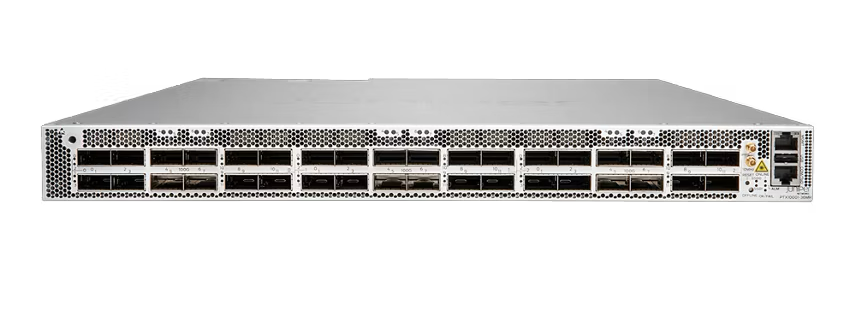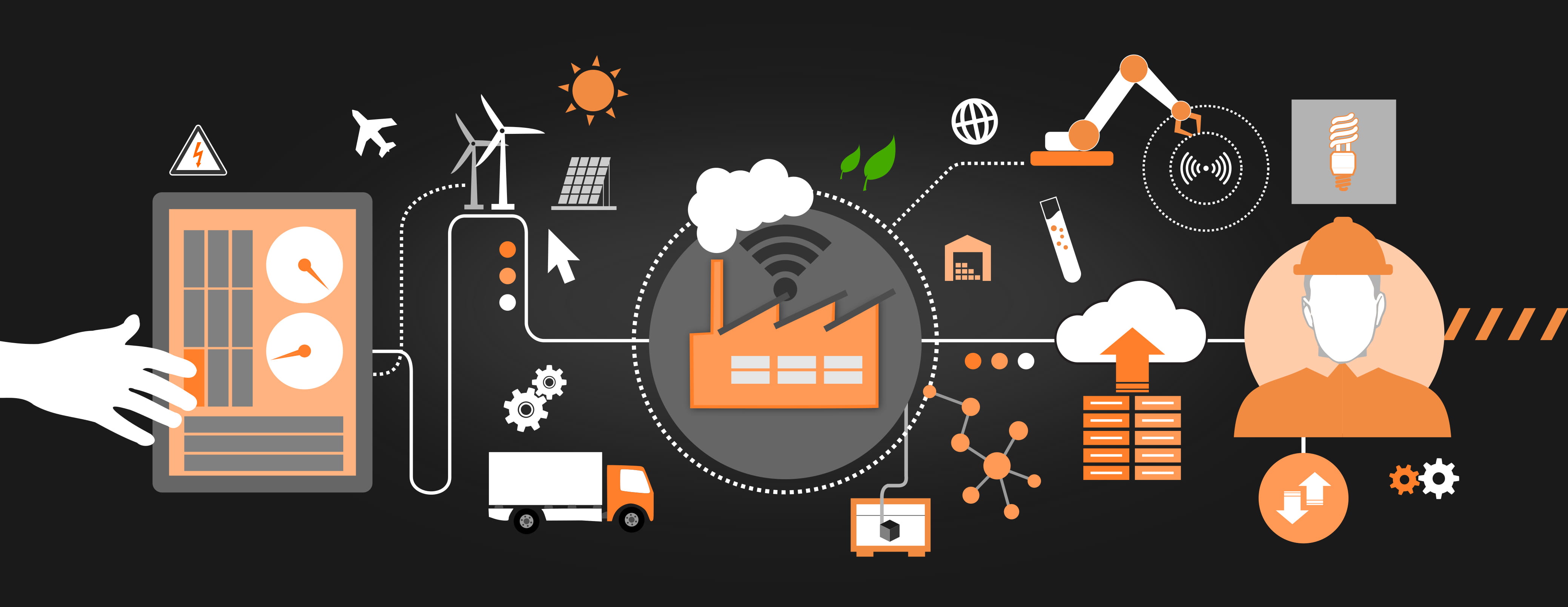What is a Router?
A router is a device that connects two or more IP networks or subnetworks.
 Ruth Victor
Ruth Victor
A router is a device that connects two or more packet-switched networks or subnetworks. It performs two primary functions: managing traffic between these networks by directing data packets to their intended IP addresses and allowing multiple devices to share the same Internet connection. There are various types of routers, but most commonly, they facilitate data transfer between LANs (local area networks) and WANs (wide area networks). A LAN consists of interconnected devices within a confined geographic area and typically requires only one router. Conversely, a WAN covers a vast geographic area, often encompassing multiple locations. Large organizations and companies with multiple sites across the country, for example, need individual LANs for each location, which are interconnected to form a WAN. Due to its extensive reach, a WAN usually requires multiple routers and switches*.
*A network switch forwards data packets among devices within the same network, while a router directs data between different networks.
Think of a router as an air traffic controller and data packets as aircraft headed to different airports (or networks). Just as each plane has a unique destination and follows a specific route, each packet needs to be directed to its destination as efficiently as possible. Similar to how an air traffic controller ensures planes reach their destinations without getting lost or experiencing major disruptions, a router directs data packets to their destination IP addresses. To guide packets effectively, a router uses an internal routing table—a list of paths to various network destinations. The router reads a packet's header to determine its destination, then consults the routing table to find the most efficient path. It then forwards the packet to the next network in the path.
Although some Internet service providers (ISPs) combine a router and a modem within a single device, they are distinct and serve different, yet equally important, roles in network connectivity. A router creates networks and manages the flow of data within and between them, while a modem connects these networks to the Internet. Modems establish an Internet connection by converting signals from an ISP into a digital format that connected devices can interpret. A single device can connect to the Internet through a modem; alternatively, a router can distribute this signal to multiple devices within a network, allowing them all to access the Internet simultaneously. Consider this analogy: If Bob has a router but no modem, he can create a LAN and transfer data between devices on that network but cannot connect to the Internet. Alice, on the other hand, has a modem but no router. She can connect a single device, like her work laptop, to the Internet but cannot share that connection with multiple devices, such as her laptop and smartphone. Carol, however, has both a router and a modem. With these devices, she can create a LAN with her desktop computer, tablet, and smartphone, and connect them all to the Internet simultaneously.
To connect a LAN to the Internet, a router must first communicate with a modem. This can be achieved in two primary ways

Adequate bandwidth is crucial for ensuring a positive user experience. It guarantees optimal performance for multiple users: as the number of users increases, so does the demand for bandwidth. To expand your business's network, you can incorporate additional routers or hubs as needed. However, any inadequacy in bandwidth within the network can lead to bottlenecks and degrade overall performance.
While Wi-Fi is essential, it's important to note that there are various standards available. The newest standard, Wi-Fi 6 (802.11ax), offers significantly higher transmission speeds, particularly when multiple access points, like devices or additional routers, are connected simultaneously. Additionally, Wi-Fi 6 routers are backward-compatible with older Wi-Fi standards, ensuring seamless integration with existing devices and networks.
While most routers offer a browser-based interface for setup and administration, many manufacturers now offer mobile apps tailored to their devices. These apps provide more intuitive interfaces and streamline the setup process.
Your router should provide at least WPA or WPA2 password protection for securing your network. Additionally, some routers come equipped with firewall software that monitors incoming data for malware and viruses. MAC (Media Access Control) address filtering is another valuable tool, which uses device-specific IDs to screen users and create a whitelist or blacklist for network access.
This functionality enables you to oversee network traffic, guest networks, parental controls, and security settings. Managing these aspects becomes more convenient when the router's configuration can be handled through a dedicated mobile app rather than a browser interface.
Guest networks serve as an essential layer of additional security, particularly when visitors require Wi-Fi access within a business premises. By implementing a guest network, access to the business's devices and files is restricted, while still providing connectivity to visitors. This segregation helps safeguard sensitive information and resources from unauthorized access.
Coupled with tools for monitoring usage across all users, this feature empowers you to regulate network usage by controlling both up- and downstream transmissions, managing specific types of activities (such as video streaming), and allocating bandwidth for individual users. By offering such capabilities, this feature not only enhances security but also facilitates comprehensive network monitoring and management.